Created by Steven Knight, Hulu’s ‘A Thousand Blows’ takes place in 1880s London, focusing on the exploits of an all-female crime syndicate, the Forty Elephants. The historical drama series is told through the eyes of three characters — Mary Carr, the leader of the Forty Elephants; Sugar, an illegitimate boss of the East End; and Hezekiah Moscow, a newly arrived Jamaican who seeks better fortunes in London’s neighborhoods. As the narrative progresses, the three come into contact with each other in various ways as crime, ambition, love, and betrayal take precedence. Little by little, the city chips away at their resolve, forcing them to survive by whatever means necessary, even if it costs them their soul.
A Thousand Blows is Inspired By the True Life Stories of 1880s London
‘A Thousand Blows’ is inspired by real-life events that took place in 1880s London. Written by Ameir Brown, Insook Chappell, Harlan Davies, Yasmin Joseph, and Steven Knight, the show delves into the inner workings of the Forty Elephants gang, a group of female shoplifters who operated during the 19th to 20th century. The group ran their operations from the Elephant and Castle area of London. It was led by Mary Carr, a skilled shoplifter and one of the show’s main characters. Later, the group was also led by Alice Diamond, who was known by various names like Queen of the Forty Thieves and Diamond Annie, among others. Although shown as a side character, Diamond appears within the show, playing a pivotal role throughout the narrative. However, certain artistic and creative liberties are taken from the actual history of the Forty Elephants to allow for a more dramatic story.
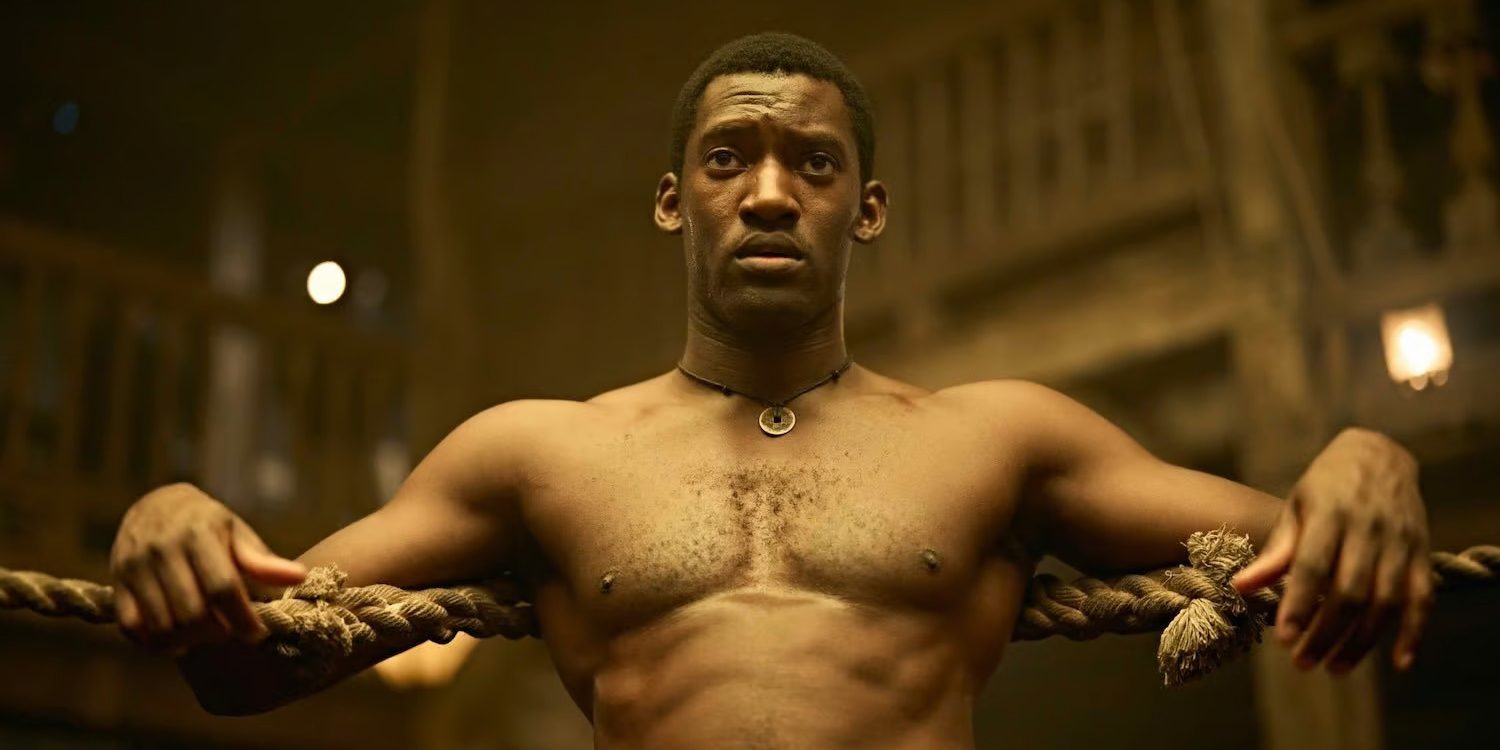
Knight stated that he became interested in developing the series after a discussion with Steven Graham, who stars as Henry Goodson, AKA Sugar. In an interview, the writer explained, “It was Steven Graham who came to me with the story of Hezekiah, who comes to London from Jamaica to become a lion tamer and becomes a very successful boxer.” Subsequently, Knight researched Hezekiah’s journey, discovering more about his character and life story. He found it to be an extraordinary tale but true nonetheless. The creator had already been interested in crafting a story in the 19th century while working on his critically acclaimed series ‘Peaky Blinders.’ Thus, a combination of factors came together and gave him the boost to start working on a new script.
A Thousand Blows Probes Into Three Historical Figures Through an Original Narrative
One of the complex parts of ‘A Thousand Blows’ is how it utilizes real-life figures to craft its own unique story. The three central characters within the drama are all rooted in real people who existed in a bygone era. Hezekiah Moscow was a real boxer in England in the 1880s. Although some archive photos call him Ching Ghook or Ching Hook, his real name was Hezekiah, which hints at the fact that he may have a mixed parentage. The show tries to reflect this by showcasing the character as fluent in Mandarin and having a Chinese grandmother. Meanwhile, as stated previously, the Forty Elephants was a real all-female syndicate in London’s East End. According to Steven Knight, their leader, Mary Carr, is a real-life figure who led the gang.
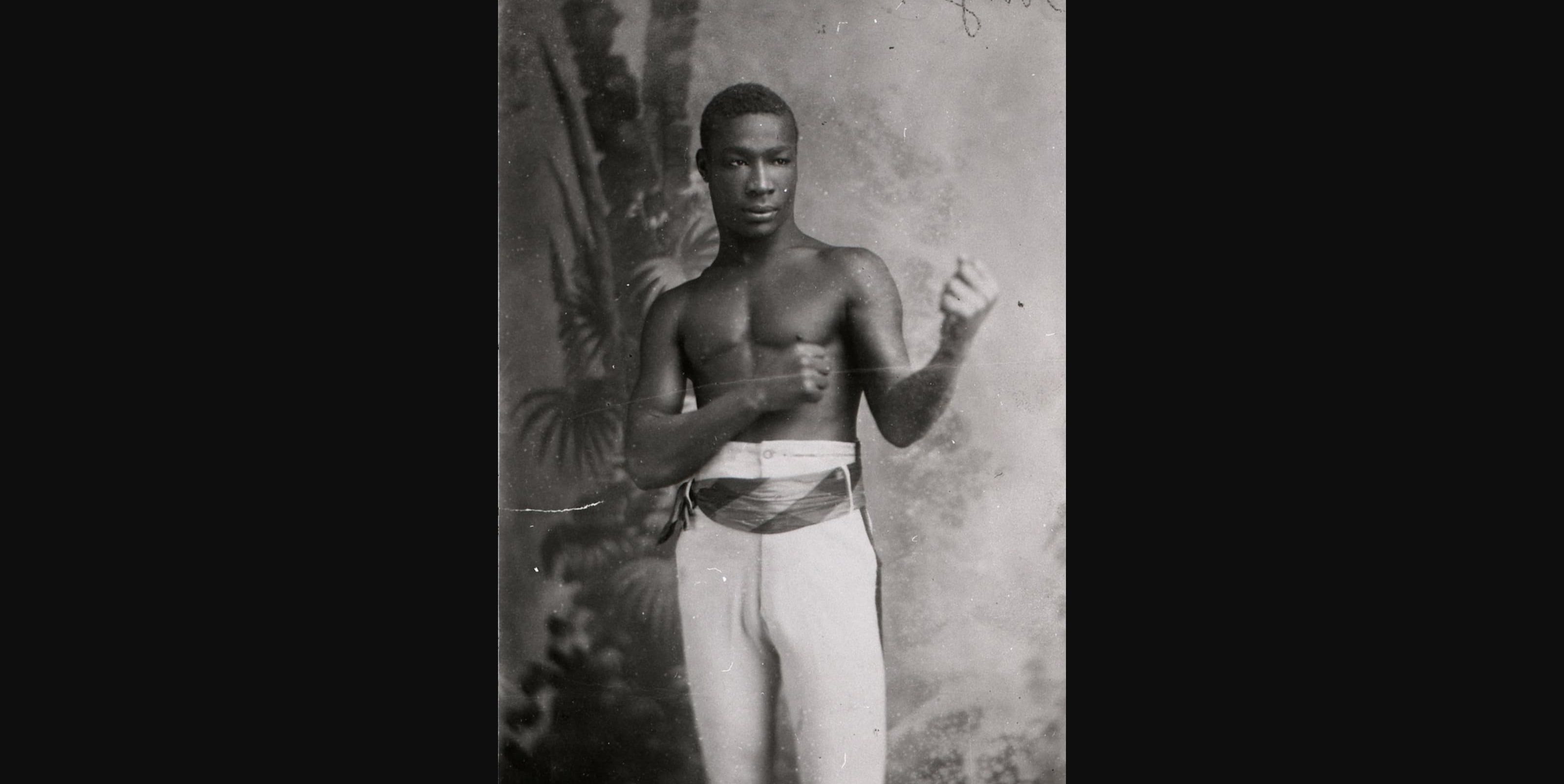
The third important element in the narrative is the Goodson brothers, namely Sugar and Treacle. Sugar is the eldest and a self-proclaimed boss of the rough parts of the East End. He is a boxer who denounces the new form of gloved boxing taking over the aristocracy and the country in general. The character and his brother are seemingly rooted in real people. In real life, Sugar was a prolific boxer who fought in various events for several years. Additionally, many of his fights were also hosted by Punch Lewis in a fashion similar to the one portrayed in the show. Thus, the leading players within the narrative are all vaguely based or inspired by a number of real-life sources, which is the signature style of Knight, who has a knack for putting his spin on historical events and characters.
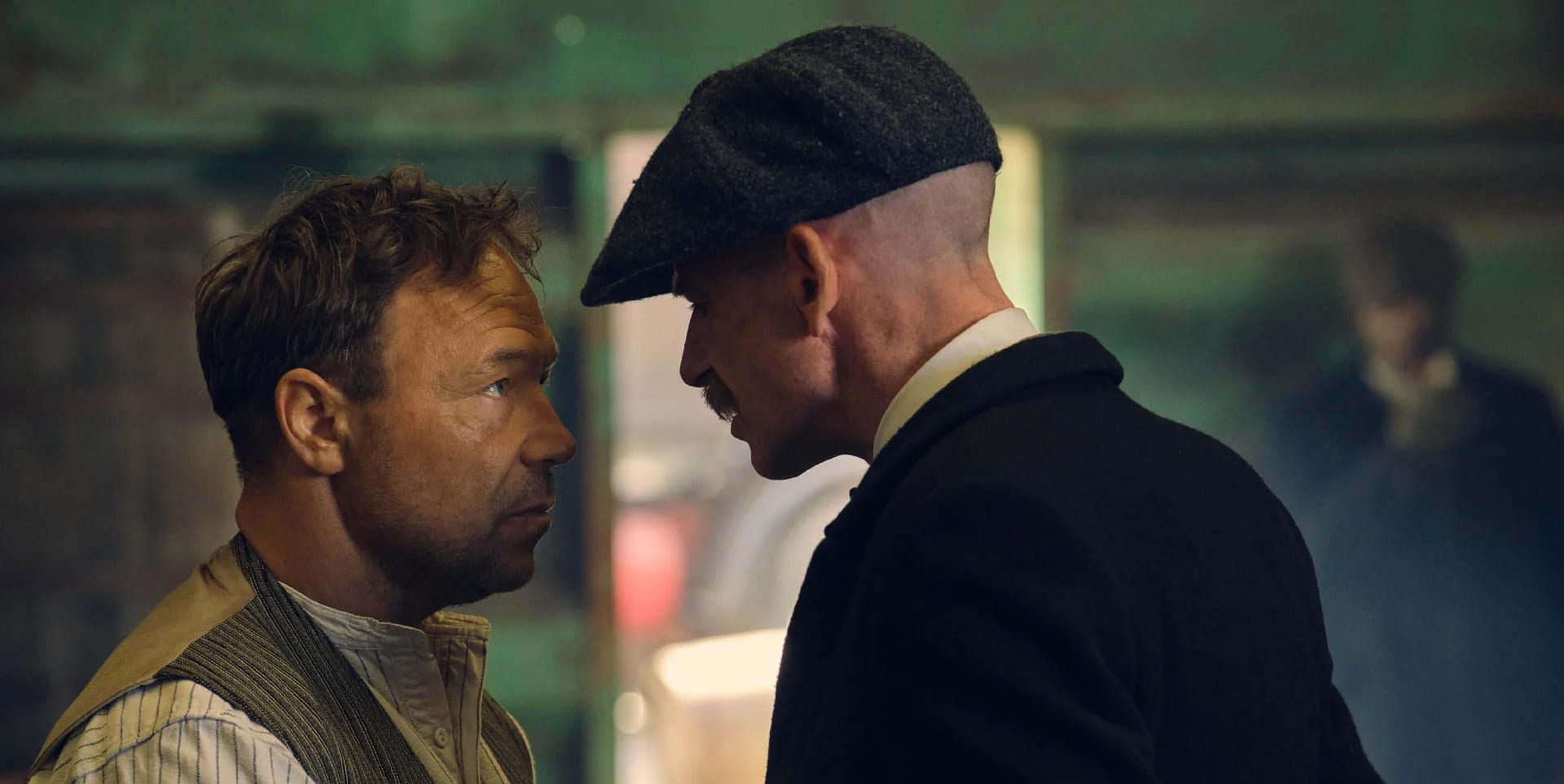
When describing his method, Knight stated that the actual events and characters are merely a “stepping stone” to the meaty parts of his story. He is intrigued by a character’s journey from one point in his life to another. As such, the writer derives a sense of pleasure in filling the gaps between historically true events through his own version of events. “What I find fascinating is trying to understand how did this character get from that to that, in the bigger picture they start as this one thing factually and then they end up in a completely different situation and you’re just trying to work at how in reality that could have happened,” he explained. In ‘A Thousand Blows,’ he designs a narrative that walks the line between fiction and reality while providing an entertaining narrative with numerous twists and turns.
The Forty Elephants Were a Real Gang in the 1800s
The earliest mentions of the Forty Elephants gang stretch back to 1873. The group had a reputation for stealing from high-end stores in the West End of London. As women were often overlooked in that era, most stores had poor security against an all-female gang adept at shoplifting. The stolen goods were usually hidden within the folds of their clothing. The group’s leader in the 1880s, Mary Carr, was a real-life gangster known around law enforcement circles. Carr efficiently sold stolen goods to keep the gang safe from any undue attention. She did, however, spend time in prison occasionally, which allowed other leaders to take over the power vacuum in her absence. As depicted in the series, gang members rarely wore the clothing they stole from shops. Instead, these were sold to distributors, tailors, pawnbrokers, and fences.
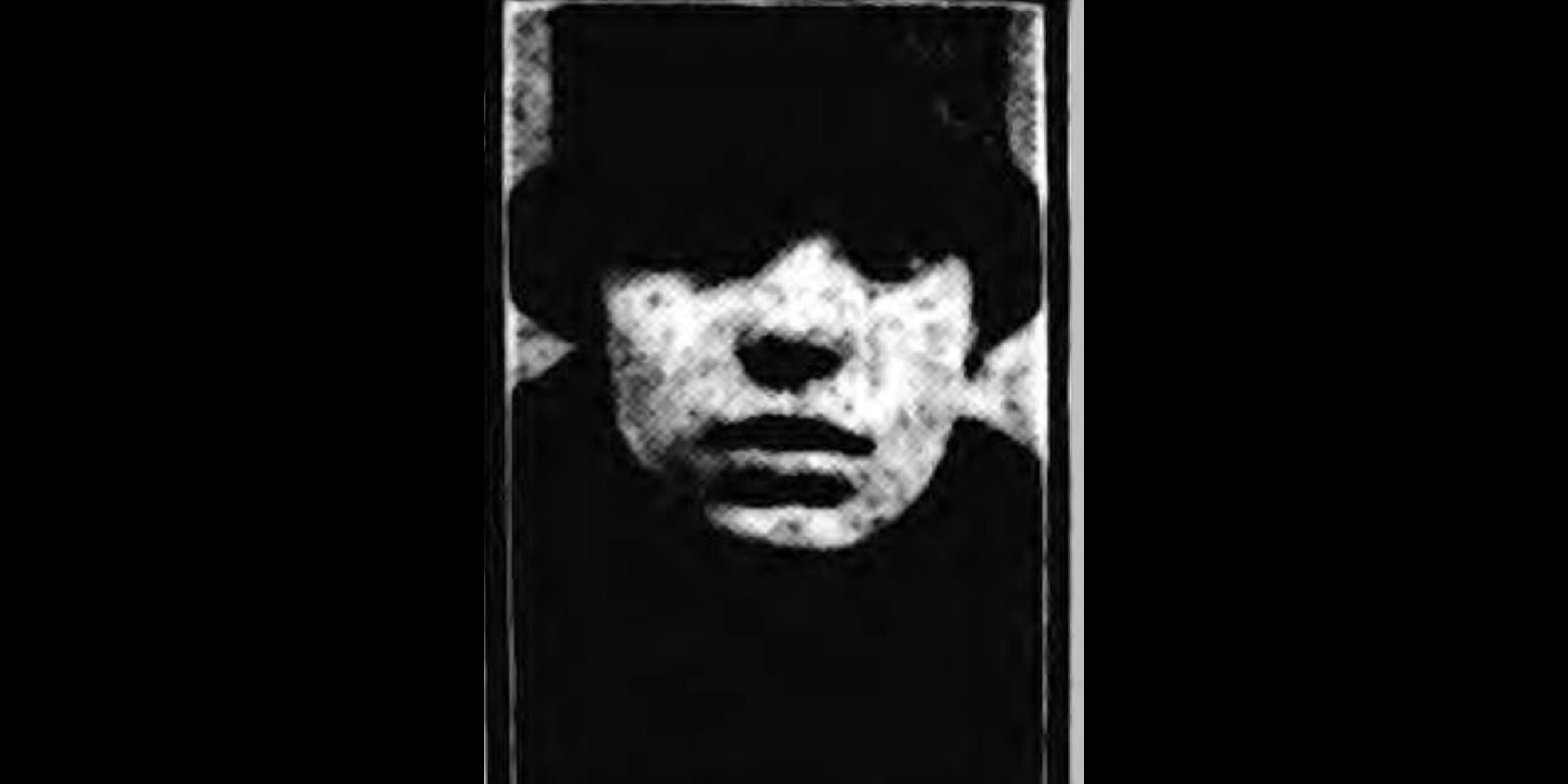
Eventually, the gang became rooted in history because of their longevity and ability to adapt to the times. During the 20th century, they even started using cars for transportation and as getaway vehicles. Although set in the 1880s, the show delves into most of the intricate inner workings of the gang. The Forty Elephants were also known as Forty Thieves, which is likely a reference to the number of female thieves operating within the gang. The group was aligned with the Elephant and Castle Mob, led by the McDonald brothers. Before raiding a target location, members often staked out the place in disguises. Some would even play the role of housemaids at wealthy estates before striking. The show reflects these real-life details in its own way, embellishing many facts with fictional plotlines that make for a more thrilling and satisfactory narrative.
Read More: Is Hezekiah Moscow Based on a Real Boxer?

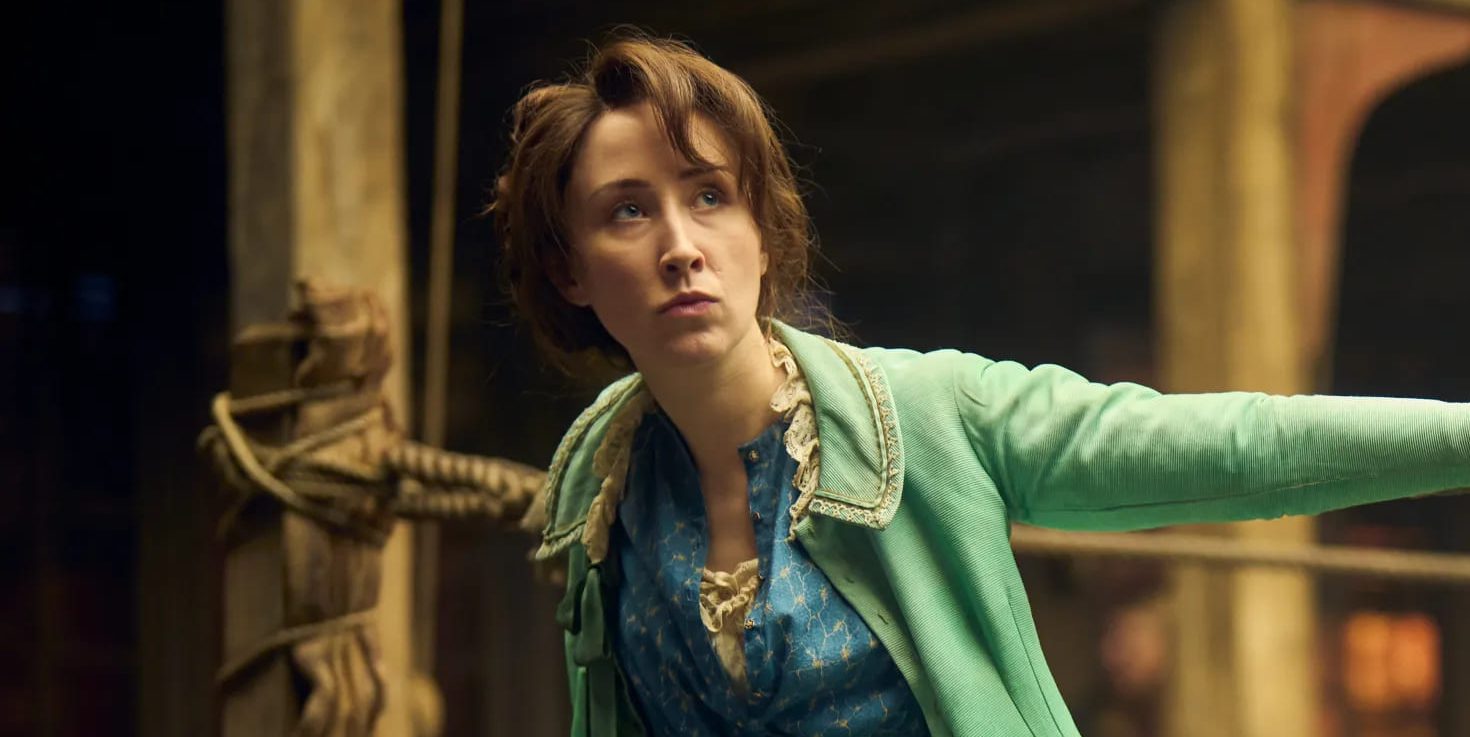
You must be logged in to post a comment.